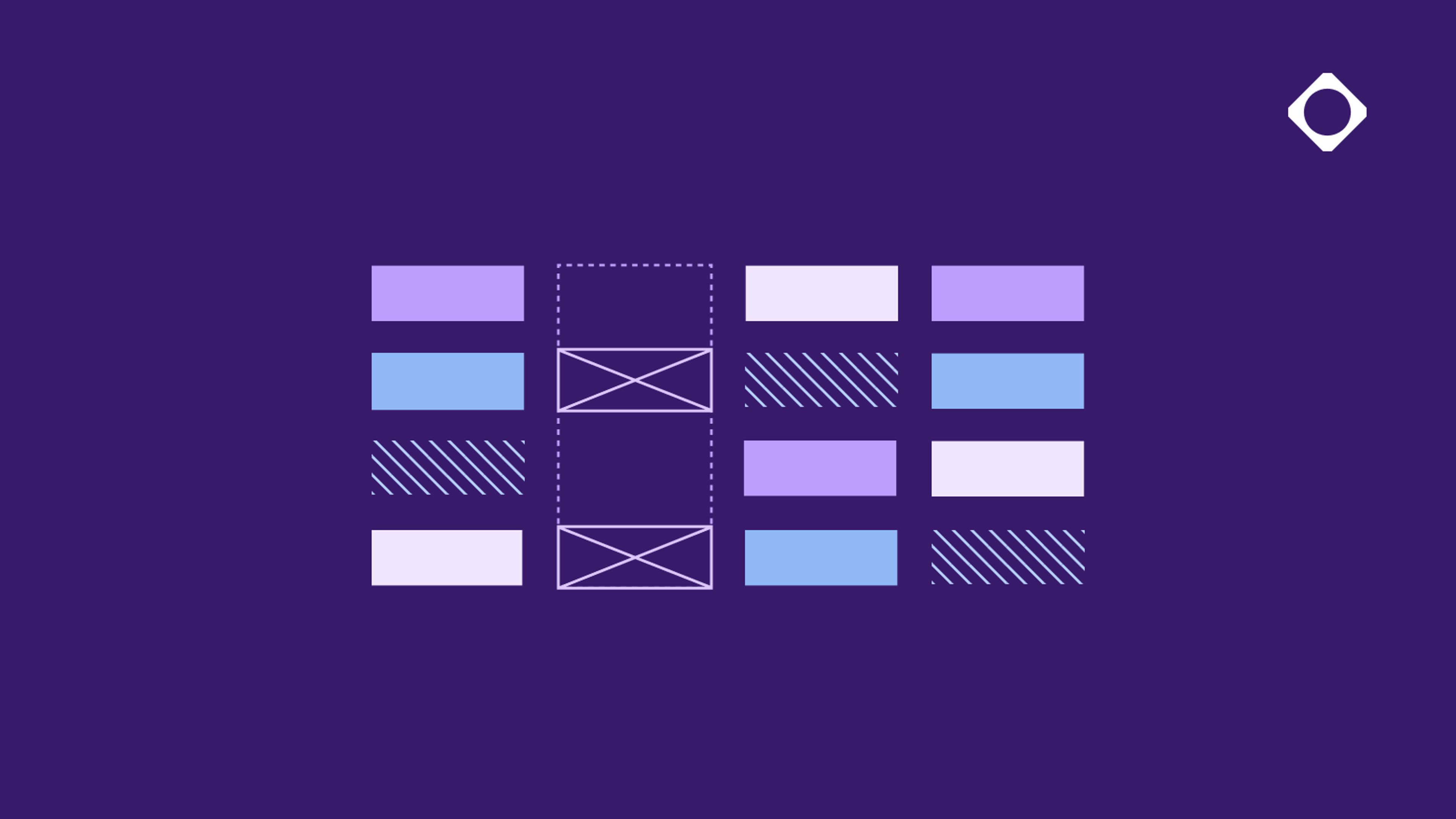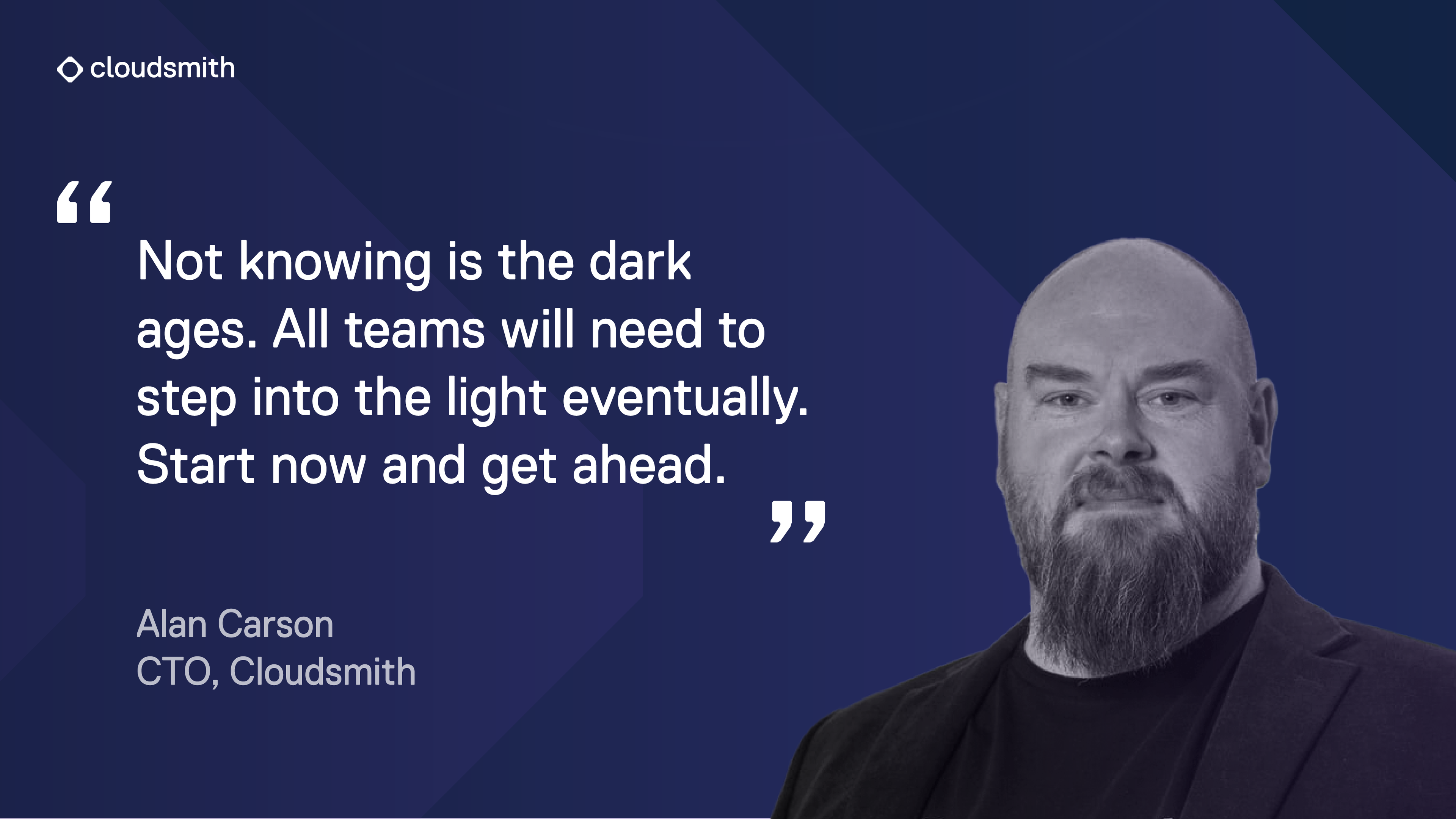
Why you need an artifact management platform for best-in-class software delivery

The tools and strategies you employ in software delivery can make all the difference when distributing and managing software. As the intricacies of software projects amplify, the call for streamlined, secure, and adaptable solutions becomes undeniable. This is where artifact management platforms, the quiet achievers of the software delivery world, step in. If top-tier software delivery is on your radar, here's a nudge on why platforms like Cloudsmith aren't just handy but downright indispensable.
Centralized storage and organization
Dive into any software project, and you'll uncover a diverse array of artifacts - binaries, libraries, containers, datasets, and even public or open-source dependencies. These public dependencies, while not owned by you, play a crucial role in your software's ecosystem. Without a dedicated system like Cloudsmith, managing these assets, especially alongside your private or self-generated artifacts, can quickly become overwhelming.
Cloudsmith offers more than just a unified space; it provides a realm where you can take control of both assets you own and those you don't. This ensures every piece of your software puzzle, be it a proprietary library or an open-source tool, is at your fingertips, organized, and shielded. No more juggling act with multiple tools or fretting over third-party dependencies. With Cloudsmith, it's all about smooth sailing, fewer hiccups, and complete control over your software assets.
Enhanced security
With an artifact management platform, you're not merely storing; you're fortifying. Platforms like Cloudsmith don't skimp on security, embracing measures that are in sync with the gold standards of the industry. Think package signing, fortress-like storage, and controlled access, ensuring your software treasures are well-guarded.
But how, you ask? Cloudsmith Security Scanning will automatically scan supported package types for CVEs upon upload of a package. You can also trigger subsequent scans manually via the Web UI, and via the Cloudsmith API. This means all artifacts and packages can be constantly monitored for potential threats, ensuring your team and customers remain alert and safe.
Scalability
Scalability isn't just about handling more data; it's about doing so efficiently, resiliently, and adaptably. An artifact management platform scales with you, ensuring that burgeoning demand is met without compromising performance or security. But what truly amplifies this scalability at Cloudsmith is our cloud-native architecture.
Being "cloud-native" means that a platform is designed from the ground up to harness the full potential of cloud computing.
This means:
- Elasticity: One of the primary benefits of cloud-native platforms is elasticity. This means that resources can be allocated or de-allocated on-the-fly based on the demand. So, during peak development times or product launches, when the demand for artifacts might spike, Cloudsmith can automatically scale up resources to ensure smooth operations. Conversely, during quieter periods, it can scale down, ensuring cost-effectiveness.
- Resilience: Cloud-native architectures are designed with high availability in mind. They often employ strategies like microservices, containerization, and orchestration tools, ensuring that if one component fails, it doesn’t bring down the entire system. This means your artifact management remains uninterrupted, even in the face of unexpected issues.
- Global Distribution: With a cloud-native platform, your artifacts aren't just stored in a single location. They can be distributed across multiple global data centers, ensuring faster access for teams or customers spread across different geographies. This global distribution not only enhances speed but also adds redundancy, ensuring data durability.
- Continuous Improvement: Cloud-native platforms benefit from continuous updates and improvements. This means that as the cloud technology ecosystem evolves, platforms like Cloudsmith can quickly adopt new features, tools, or optimizations, ensuring that users always have access to the latest and greatest capabilities.
- Cost Efficiency: With traditional systems, scaling up often meant significant upfront investments in infrastructure. Cloud-native platforms, on the other hand, operate on a pay-as-you-go model. You only pay for the resources you use, ensuring cost efficiency. Plus, the operational overhead of maintaining physical infrastructure is eliminated.
Streamlined collaboration
Software development is often a collaborative effort, involving multiple teams or even organizations. An artifact management platform facilitates collaboration by ensuring that all stakeholders have the right access to the necessary artifacts. Cloudsmith understands these intricacies and ensures that as your software moves closer to production, permissions get tighter, reducing risks at every stage.
By facilitating collaboration, Cloudsmith ensures that all stakeholders have the right access to the necessary artifacts. Features like controlled access, team-specific repositories, and detailed logs mean that teams can work together seamlessly, irrespective of their geographical location. As your software progresses through the pipeline, Cloudsmith allows you to refine and restrict permissions, ensuring that by the time you're ready for production, only the most trusted individuals have access. This not only streamlines collaboration but also adds an extra layer of security where it matters most.
Efficient distribution
Storing your software artifacts is half the battle. Distributing them efficiently is key. An artifact management platform ensures that your artifacts are not only stored but also effectively distributed to the right endpoints, be it developers, servers, or external customers. With Cloudsmith, for instance, you can leverage a global content delivery network, ensuring lightning-fast and reliable artifact distribution.
Version control and traceability
An artifact management platform provides robust version control, ensuring that every version of an artifact is stored and can be retrieved when needed.
Cloudsmith provides robust version control, ensuring that every iteration of an artifact is meticulously stored and readily retrievable. This traceability becomes a lifeline, especially when you're debugging, rolling back to a previous version, or addressing a sudden CVE (Common Vulnerabilities and Exposures) that emerges.
But Cloudsmith goes beyond just storing versions. Detailed logs offer insights into who accessed or modified an artifact, enhancing accountability. In the event of a CVE, Cloudsmith can show you when and how long your software was exposed, allowing you to gauge the potential impact. With Cloudsmith's advanced features, you can determine whether a security policy automatically quarantined the affected artifact or if a team member manually resolved the issue. This level of detail ensures that you're not just reacting to issues but proactively managing and learning from them.
Conclusion
An artifact management platform like Cloudsmith offer a comprehensive solution, addressing the multifaceted challenges of software artifact management. From centralized storage and enhanced security to scalability and efficient distribution, the benefits are manifold. If you're serious about elevating your software delivery game, it's time to consider an artifact management platform.

More articles


The true cost of legacy artifact management

The Hybrid Repository Structure: Balancing Control and Flexibility

7 Ways Cloud-Native Improves Artifact Management Scalability and Performance

The platform of choice for AI companies

Why Repository Structure Matters
By submitting this form, you agree to our privacy policy
